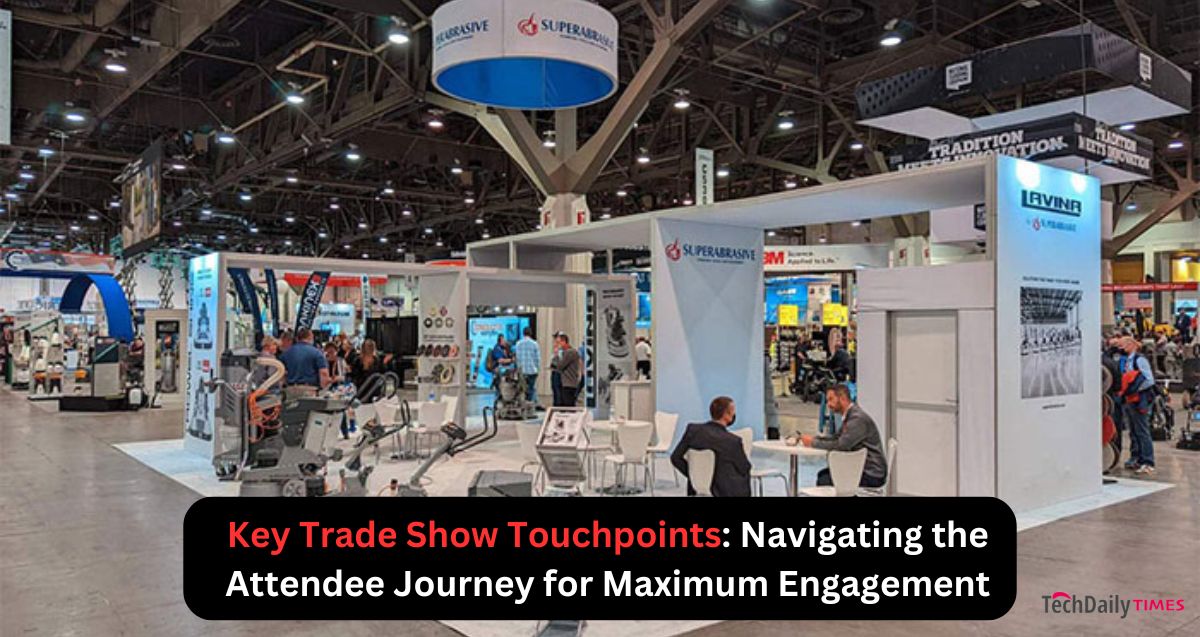In today’s competitive marketplace, the way businesses present their products and advertisements is more important than ever. Art light boxes, particularly those equipped with LED lights, are increasingly popular for promotional purposes due to their ability to create visually striking, illuminated displays. If you’re in the process of searching for an adequate light box, here’s what to keep in mind.
Type of Light Box
When looking for an art light box for promotional use, it’s important first to consider the different types available and how they fit your marketing goals. The two most common types are backlit and edge-lit light boxes, both of which offer distinct benefits.
Backlit light boxes use LED panels positioned directly behind the display, creating an evenly lit image. These are perfect for larger installations where a bright, high-impact display is necessary, such as in storefront windows or outdoor billboards. The even illumination ensures that the graphic or promotional material looks vibrant and eye-catching, even from a distance.
Edge-lit light boxes, on the other hand, have LEDs placed along the edges of the box, diffusing light across the display surface. These are typically slimmer and more energy-efficient than backlit versions, making them ideal for indoor spaces where subtlety and elegance are key.
Choosing between these types depends on the scale of your promotion and the environment where it will be displayed. Both options are highly effective but serve different purposes depending on how they’re used.
Size and Placement
The size of the light box is another crucial factor when planning a promotional display. Light boxes come in various sizes, from small desktop frames to large wall-mounted or freestanding installations. The size you choose should correspond with the location and purpose of your display.
If you’re planning a large-scale outdoor advertising campaign, such as in malls or on city streets, a larger light box will ensure your promotional material is visible and impactful. Outdoor light boxes, often made of more durable materials, are designed to withstand weather elements and still provide clear, bright displays. These large units can attract attention from far distances, making them ideal for high-traffic areas.
For indoor displays, such as in retail stores or exhibitions, a medium-sized light box is usually sufficient. These boxes can be wall-mounted or freestanding and work well to draw attention to specific products or campaigns. Smaller light boxes can be placed at counters or near point-of-sale areas, making them perfect for displaying key messages or limited-time offers in a way that engages customers at eye level.
Durability and Quality of Materials
For businesses investing in light boxes, durability is a key consideration, especially if the display is intended for long-term use or outdoor placement. The materials used to construct the light box can significantly affect both its longevity and the quality of the display.
Aluminium is a common material for the frames of high-quality light boxes due to its lightweight yet durable properties. It is resistant to rust and corrosion, making it an ideal option for both indoor and outdoor use. Plastic frames, while less expensive, may not offer the same level of durability, particularly in harsh environments or heavy-use areas.
For outdoor installations, look for light boxes that are weatherproof and designed to withstand UV exposure, rain, and temperature fluctuations. Many outdoor light boxes come with waterproof seals and toughened glass or acrylic fronts to protect the display. These features not only extend the life of the light box but also ensure that the promotional material inside remains clear and vibrant, no matter the conditions.
In indoor settings, durability still matters, especially in high-traffic areas where accidental bumps or damage might occur. Choosing a sturdy, well-built light box with a strong frame and durable display surface can save you money on repairs or replacements in the long run.
Energy Efficiency and Lighting Technology
One of the biggest advantages of modern art light boxes is the use of LED lighting technology. LED lights are far more energy-efficient than traditional fluorescent bulbs, using up to 80% less energy while providing bright, even illumination.
When purchasing a light box, it’s important to consider the long-term running costs. LED-lit light boxes, while possibly more expensive upfront, will save your business money over time through reduced energy consumption and longer lifespan. LEDs can last for thousands of hours, meaning you won’t need to worry about frequent maintenance.
Additionally, LEDs offer flexibility in terms of brightness and colour temperature, allowing you to adjust the lighting to suit your display’s needs. Some LED light boxes come with dimmable options, enabling you to fine-tune the intensity of the light to create the desired effect, whether it’s a soft, ambient glow for indoor displays or a bright, attention-grabbing light for outdoor advertising.
Ease of Use and Maintenance
While light boxes are designed to enhance promotional displays, ease of use and maintenance should not be overlooked. A high-quality art light box should be easy to install, update, and maintain to ensure a smooth and efficient display process.
Many light boxes are designed with front-loading mechanisms, allowing for easy swapping of posters or graphics without needing to disassemble the entire frame. This feature is especially useful for businesses that frequently change promotions or need to update their displays for seasonal campaigns. Magnetic or snap-frame designs are also popular for their user-friendly features, making it simple for staff to change the content without professional assistance.
In terms of maintenance, look for light boxes that offer easy access to internal components, such as LED panels or power supplies, in case any repairs or replacements are needed. This ensures that you can maintain the light box in-house without needing costly specialist help.
Some advanced light boxes also come with remote control options or timers, allowing you to manage the display’s lighting settings without physically accessing the unit. This can be particularly helpful for large installations or outdoor displays that might be difficult to reach regularly.
Conclusion
Art light boxes have become an essential tool for businesses looking to create impactful promotional displays. By keeping these factors in mind, you can ensure that your promotional displays are not only visually stunning but also cost-effective and long-lasting, helping your business stand out in an increasingly competitive marketplace.
Also, visit: Business registration certificate renewal











